Table of Contents
It is always interesting and thrilling to visit places with a dark and terrifying history. The story of La Isla de las Muñecas (“Island of the Dolls“) will send shivers down your spine. Covered with old dolls, strung up and hanging on trees, the island exudes an eerie aura. The dark origin story of the island is entwined with the former owner, Julián Santana Barrera (more about him as you read).
La Isla de las Muñecas
The Island of the Dolls (La Isla de las Muñecas), located in the channels of Xochimilco, south of the center of Mexico City, is a chinampa of the Laguna de Teshuilo, and one of the main attractions of the channel. Xochimilco is a vast network of canals, remnants of ancient lakes and canal systems that once connected much of the Valley of Mexico. The place is a UNESCO (United Nations Educational, Scientific and Cultural Organization) World Heritage site because it holds its cultural and historical essence to this day.
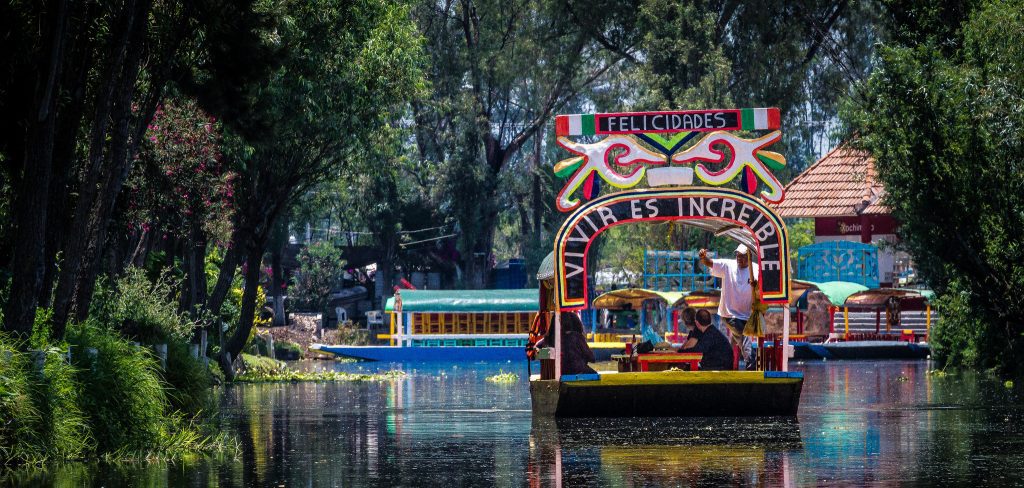
Source – Air France

Food vendor at the Floating Gardens in Xochimilco.
Source – Culture Trip
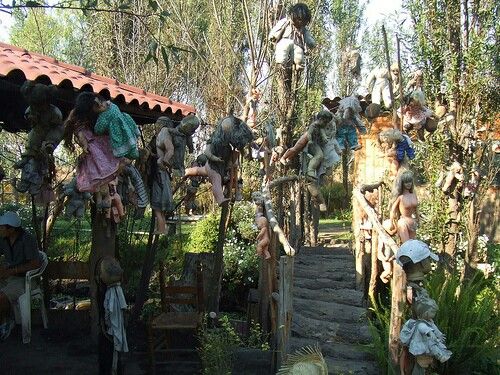
Source – Pinterest
You can travel on the trajineras, colorful canal boats. These boats are the biggest draw of the floating gardens of Xochimilco and can be rented out by the hour. Trajineras sail through the canals, offering views of verdant greenery, traditional chinampas, and colored wildlife. This natural beauty together with the cultural heritage makes Xochimilco one of the leading places preferred by locals and visitors. Mariachi bands often ride the canals to set the festive scene for the journey. People often bring drinks and snacks to enjoy during the ride. Additionally, numerous food vendors float by, offering various local treats.
Cultural Significance of Xochimilco
Xochimilco is a place very special to Mexican culture and history. One of the magnificent novelties of agriculture that the Aztecs had made was the chinampas, the floating gardens. Artificial islands that allow high efficiency in crop cultivation on shallow beds of lakes. They are a living testimony of ingenuity to ancient Mesoamerican civilization today.
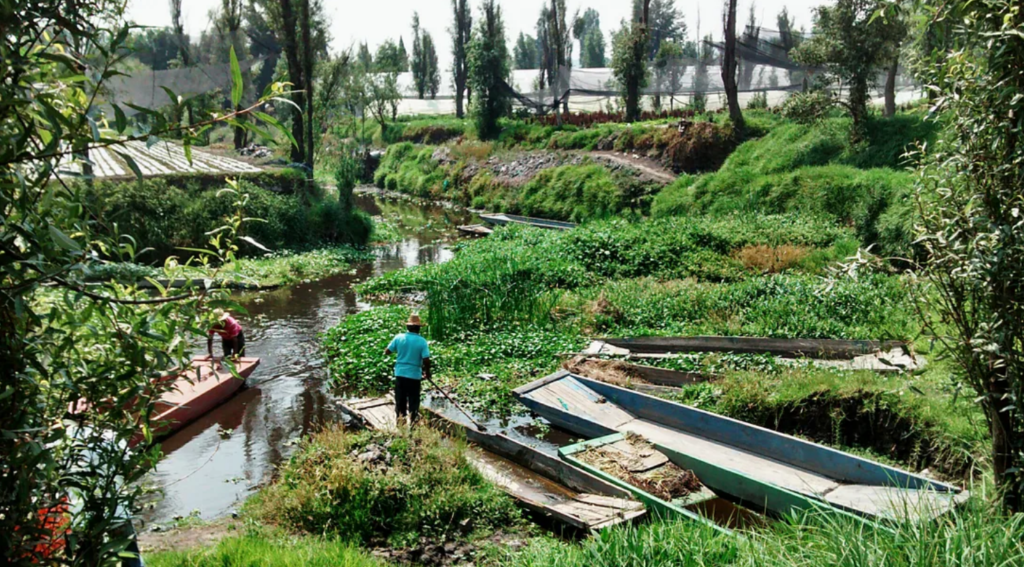
The canals of Xochimilco represent not only the evidence of such rich farming heritage but also a powerful center of cultural life. They hold numerous festivals, traditional music, and local foods in abundance, which give an insight into the traditions and way of life in this region.
Mexican Folklore and the Supernatural
Stories of spirits, ghosts, and mysterious happenings are a strong element in Mexican folklore, for they reflect the beliefs and traditions deeply rooted in the country. There are also plenty of tales like those of spirits, ghosts, and other strange happenings, though most of them are cautionary or represent some form of cultural value. La Isla de las Muñecas thus finds its place within this folklore, after all, it is a story of a drowned girl and a haunted caretaker.
The belief in spirits and the afterlife runs deep in Mexican culture. One can remember that during the Day of the Dead, families honor their beloved deceased by setting up altars, making offerings, and celebrating. It was this cultural backdrop that formed the perception regarding places such as the Island of the Dolls, where the line separating the living from the dead is supposedly thin.
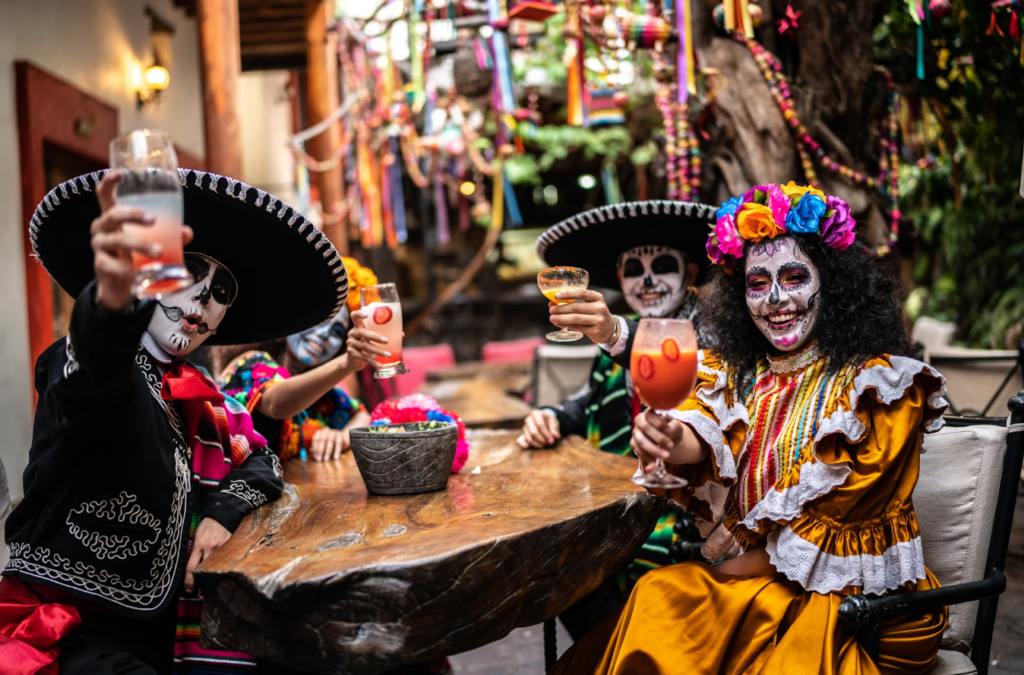
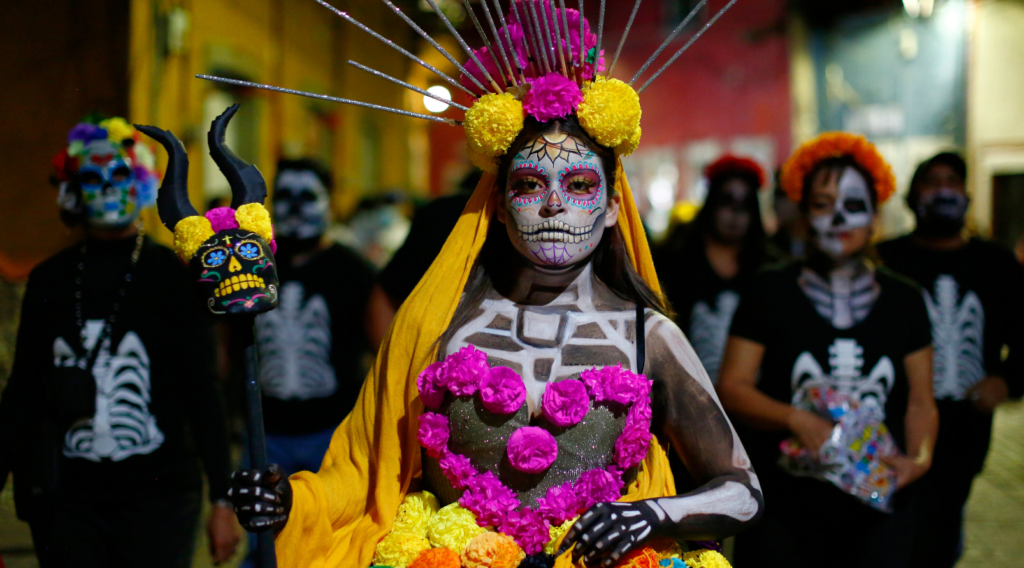
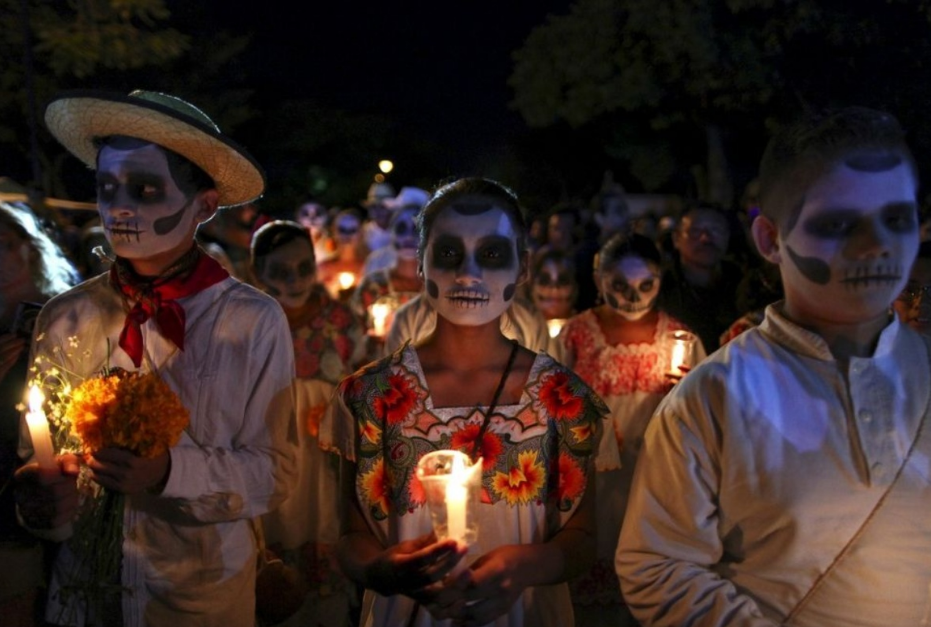
Día de los Muertos (Day of the Dead) festivities
Families build elaborated altars during Día de los Muertos with photographs, marigolds, candles, and favorite foods and beverages of the deceased. At this time, it is believed that the spirits of the dead return to the world of the living to join families. This is a very great tradition that puts forward a Mexican view of death as natural to life and the afterlife not as an end but an extension of life.
A very popular cultural reference to this tradition is through the animated movie “Coco,” which exquisitely holds a place that Día de los Muertos has held in Mexican culture. The movie details how a young boy, Miguel, mistakenly ends up in the Land of the Dead and obtains information about his family history and the meaning of remembering and honoring the ancestors. This motion picture has raised awareness throughout the world regarding the customs and beliefs associated with Día de los Muertos, which can be literally translated to show a colorful, vivid, heartfelt tribute or celebration in Mexican heritage for life and death.

It is through this prism of culture that the Isla de las Muñecas is seen. The dolls—their lifeless eyes, their decaying bodies—are said to house the spirits of those now dead, and so the island becomes a place where life and death are indistinguishable. The belief in spirits makes the island eerie, but it is a place of special attraction to visitors interested in the supernatural and the macabre.
Who Was Julián Santana Barrera?
Julián Santana Barrera had been a recluse to the island for upwards of fifty years. The becoming of the caretaker was instigated through a tragedy. According to legend, one day Julián came across the body of a young girl drowned in mysterious circumstances in the canals. Days after that event, he saw a doll floating in the waters, which he presumed belonged to the girl. Out of respect, he hung the doll on a tree to placate her spirit.
It was this one action that became an obsession. Julián began to hear whispers, footsteps, and anguished cries in the dark, supposedly from the spirit of this drowned girl. To calm these restless spirits, for the next five decades, he hung more and more dolls—some missing body parts—all over the island. The dolls, collected from canals and brought by visitors, turned this island into a macabre shrine.

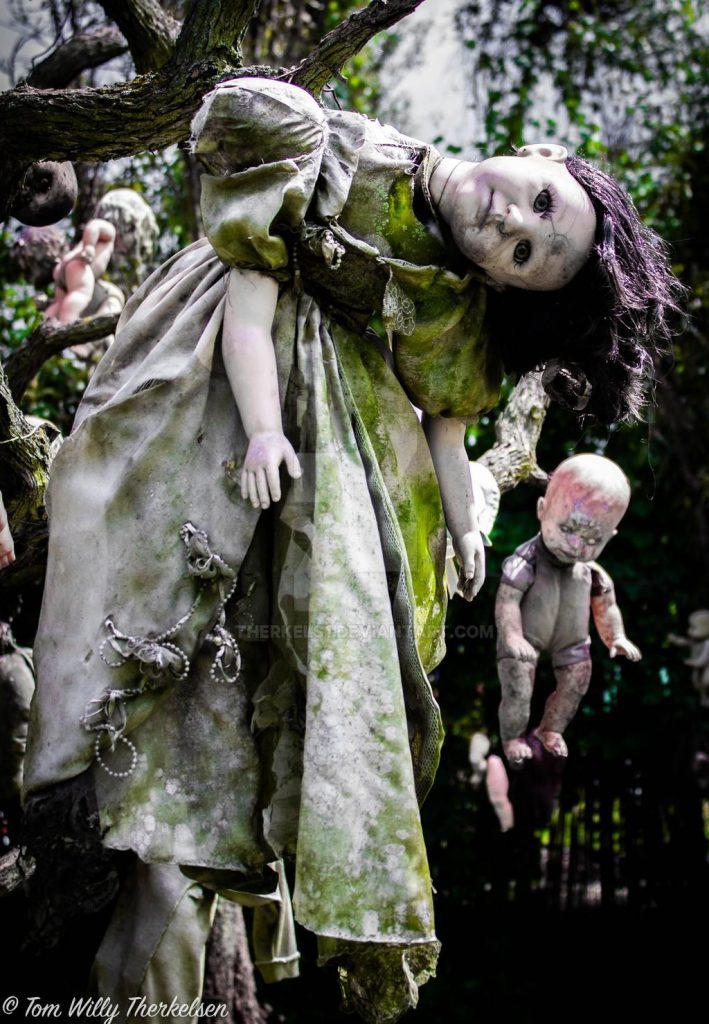
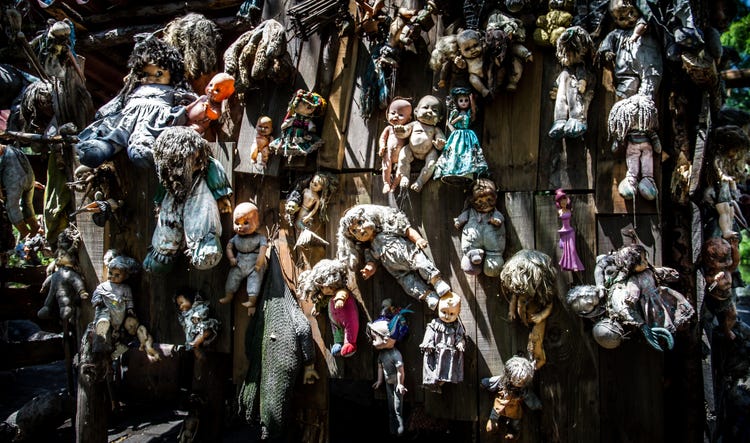
In 2001, Julián was found dead in the very place where, half a century earlier, he had found that drowned girl’s body. It was this coincidence that gave rise to the legend, as the people who inhabited this place started to believe that the dolls brought bad luck to Julián. Since his death in 2001, the island has grown to be one of the fastest-growing tourist spots, with millions coming to visit the island and its sad history with their own eyes, not mentioning its paranormal stories.
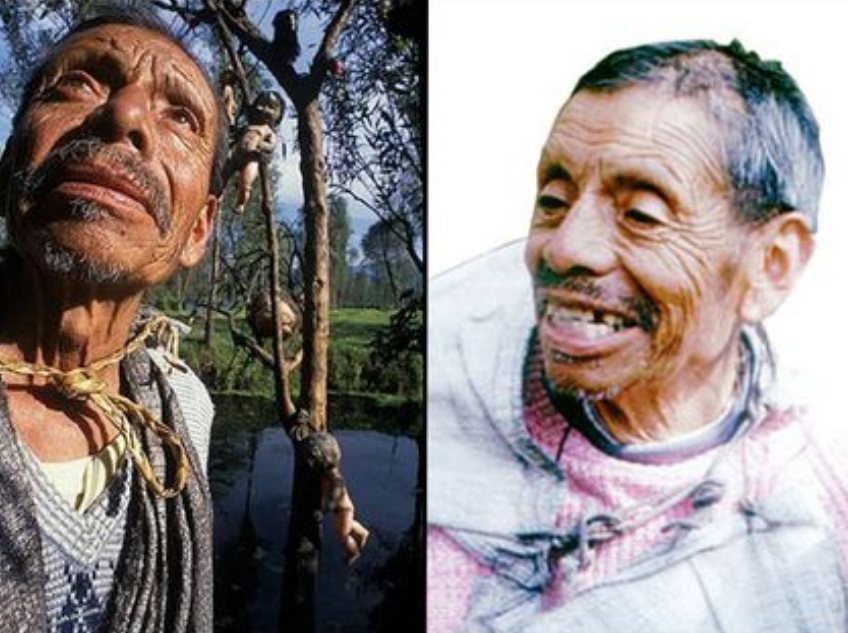
Reviews and Reactions
What is the macabre attraction about this island that has made many visitors, journalists, and paranormal investigators take a trip to it? Others even think that the drowned girl never existed and that stories from Barrera were the product of a vivid imagination and isolation. Locals term the island as one having a charmingly eerie atmosphere, some even going to the extent of claiming that travelers hear the dolls whispering to them.
Professional photographer Cindy Vasko visited the island in 2015 and called it the “creepiest place she has ever visited.” The journey began through maze-like canals, surrounded by lush greenery and singing birds, but soon her boat was slowed down by a swarm of lily pads and the canal fell ominously silent. At the end of the journey the trajinera turned along a bend in the waterway and she was struck by a surreal vision of hundreds, maybe thousands, of dolls hanging from trees on the tiny island.
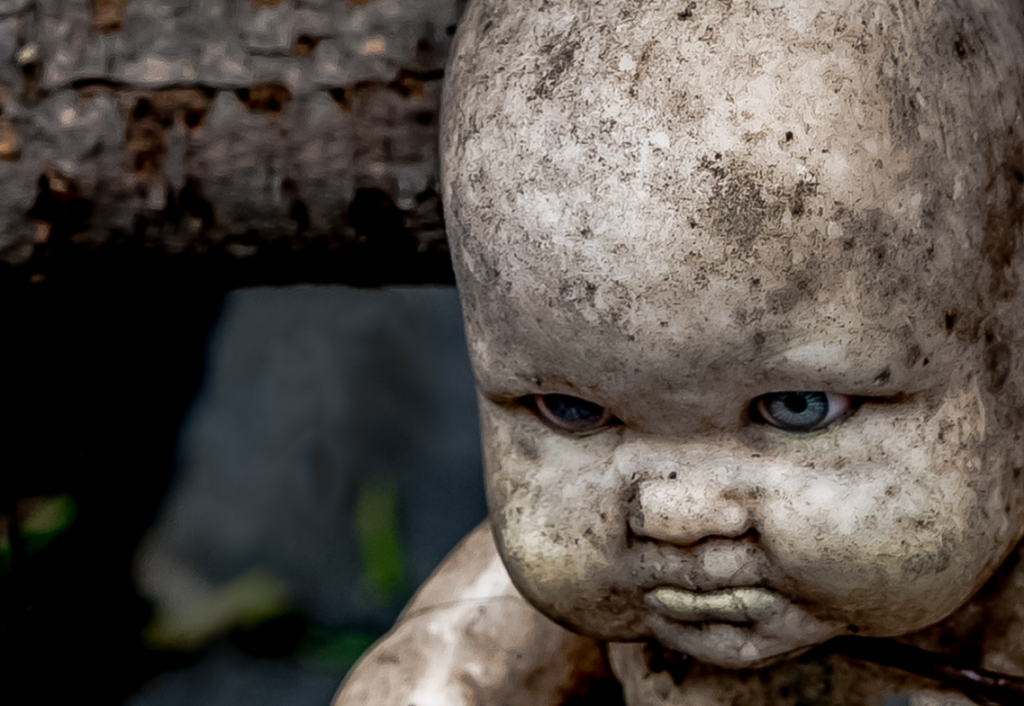
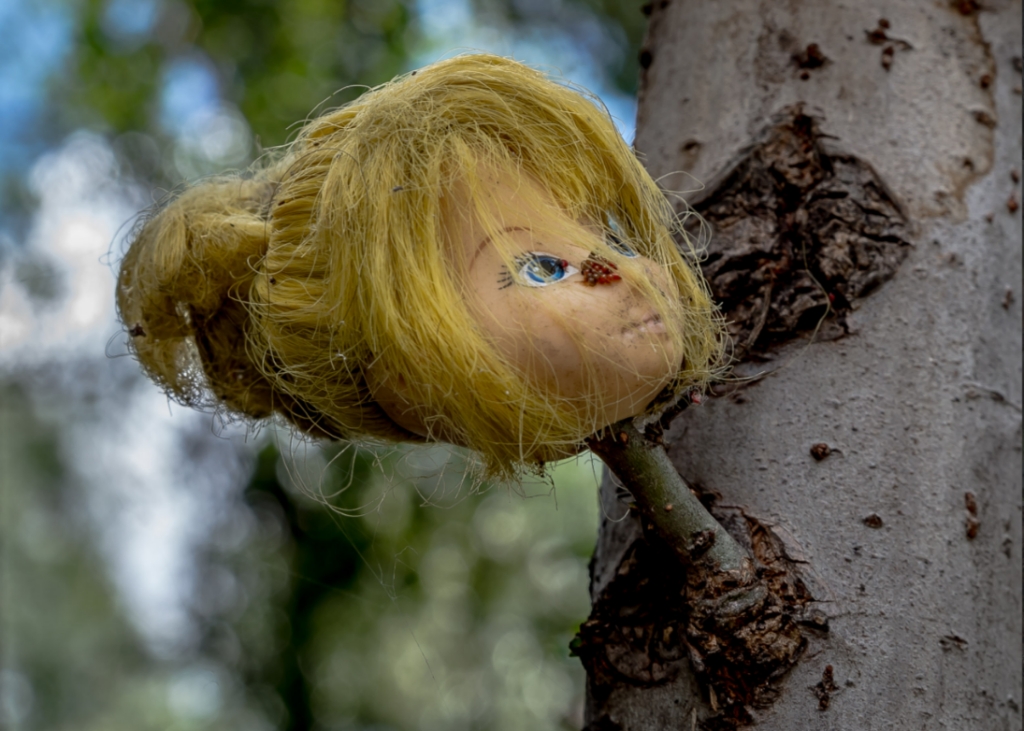
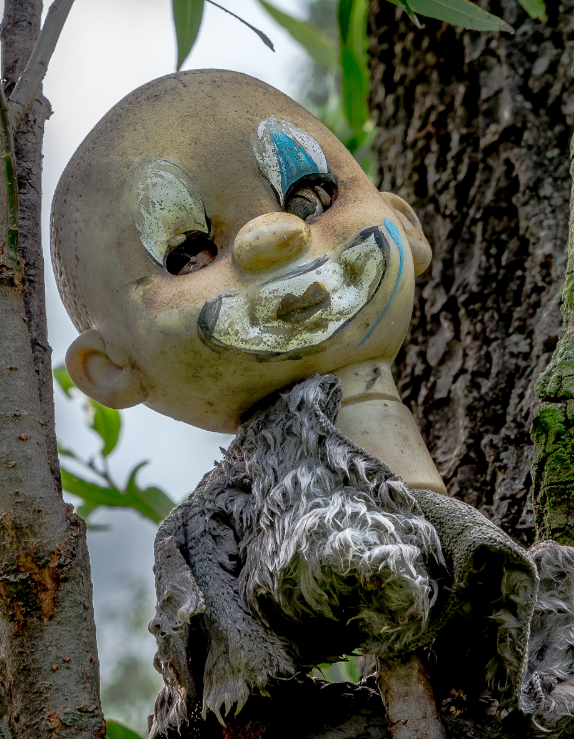
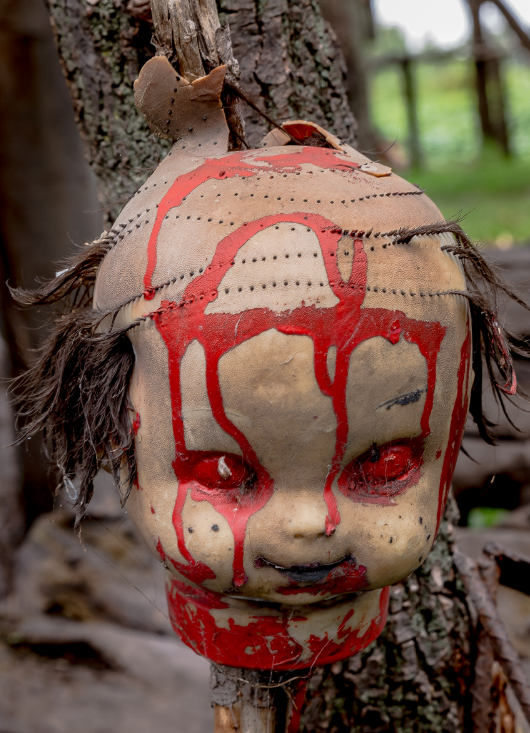
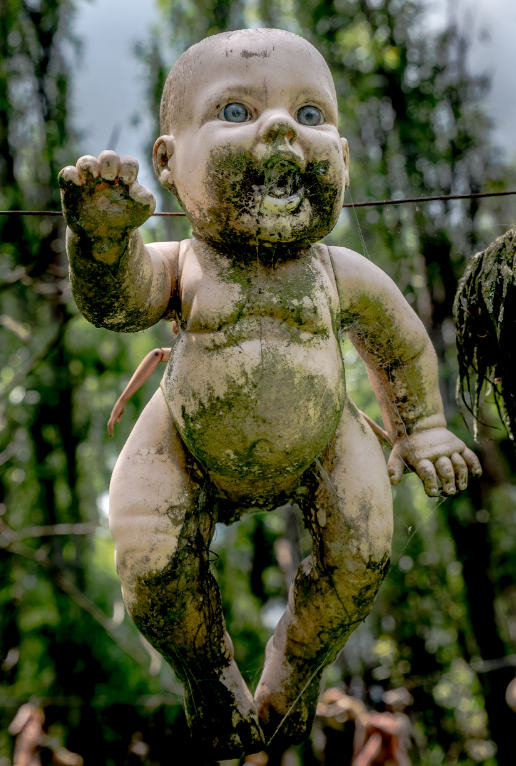
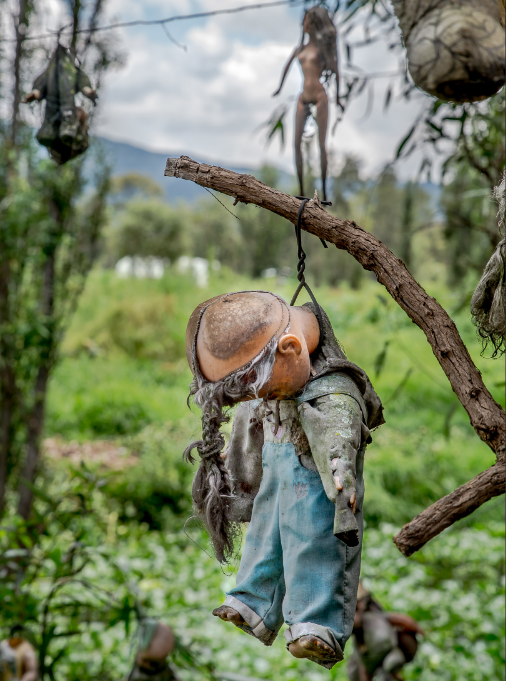
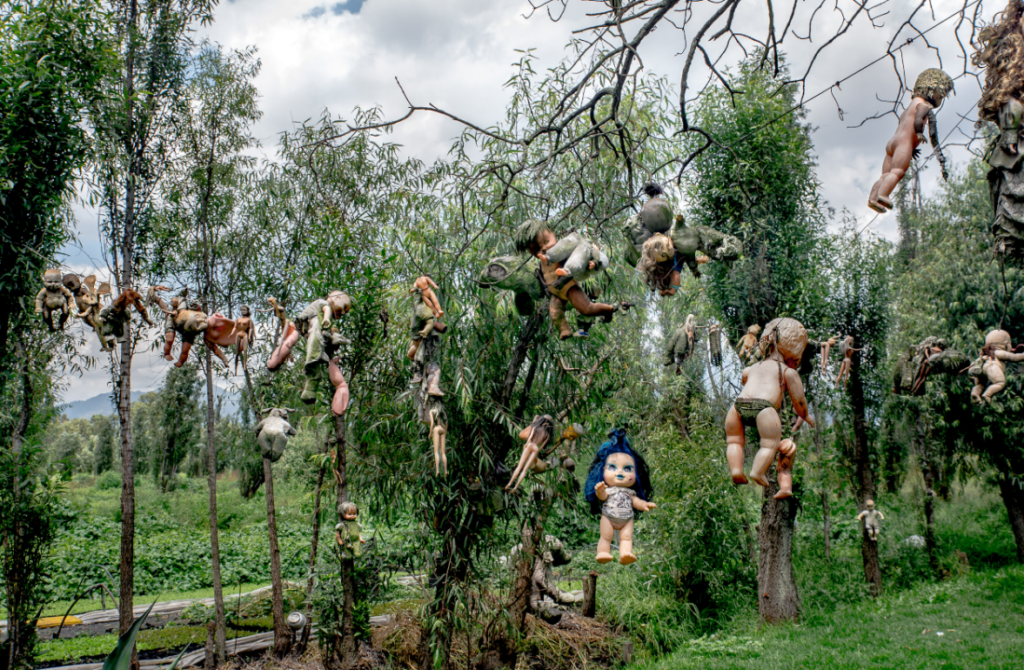
Apart from the story, there are some questions about the existence of the drowned girl. Many people on the island believe that Julián has joined the other spirits there. Whereas, reports conclude it up as Julian’s made-up story in his solitude.
Psychological Aspects of Fear
Places like La Isla de las Muñecas instill fear due to the association of places like this with unknown and uncanny feelings. The dolls themselves, with their lifeless eyes and decaying bodies, speak to deep-seated fears of lifeless objects coming to life. It’s a psychological phenomenon known as the “uncanny valley,” a concept where people find places like this fascinating but also terrifying. The feeling of dread is further enhanced by this setting’s being so spooky and having a very creepy history of the island. It is through the collective memory of the community or culture that a place is transformed into one of dark tourism, a place wherein visitors meet with fears and morbidity of curiosity. It is through the thrill of exploring something macabre and the allure of the supernatural that transforms La Isla de las Muñecas into the place to be for those seeking to experience the eerie and unknown.
Have you ever visited a place with a similarly haunting history?
Or perhaps you have your own theories about the dolls and the enigmatic story of Julián Santana Barrera? We’d love to hear your thoughts and experiences. Share your comments below and join the discussion—whether it’s about the cultural significance of Xochimilco, your favourite eerie folklore, or the psychological aspects of fear that such places evoke.
If you find yourself captivated by tales of the supernatural and love delving into the unknown, why not take it a step further? We’re on the lookout for passionate writers who can bring these intriguing stories to life. Writing for Mindbrews is a fantastic opportunity to share your unique perspective, build your reputation as a writer, and contribute to a growing community of curious minds.
Interested? Send us an email at [email protected]. Whether you have a story to tell or an idea brewing, we’d love to hear from you. Let’s explore the mysteries of the world together, one story at a time.